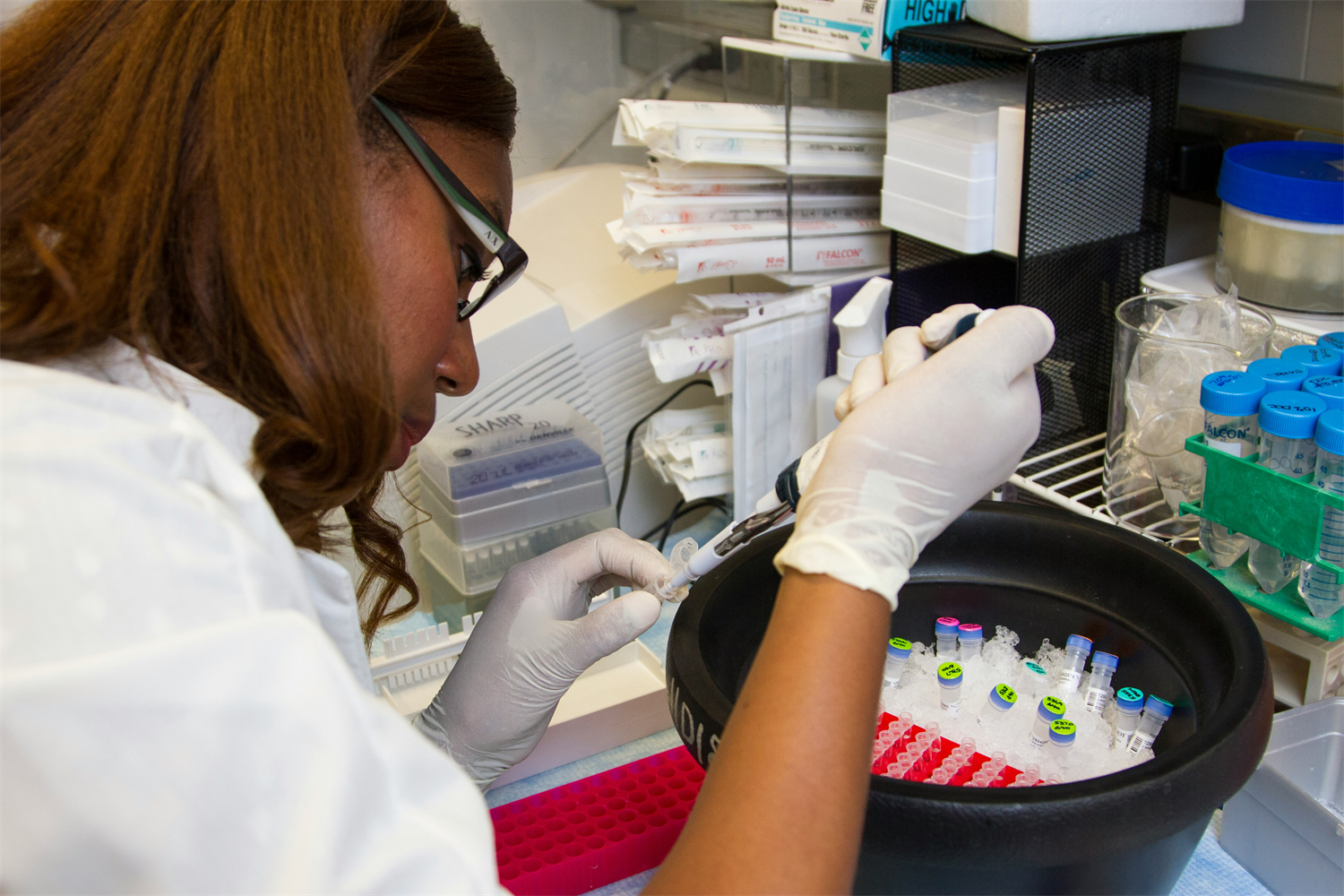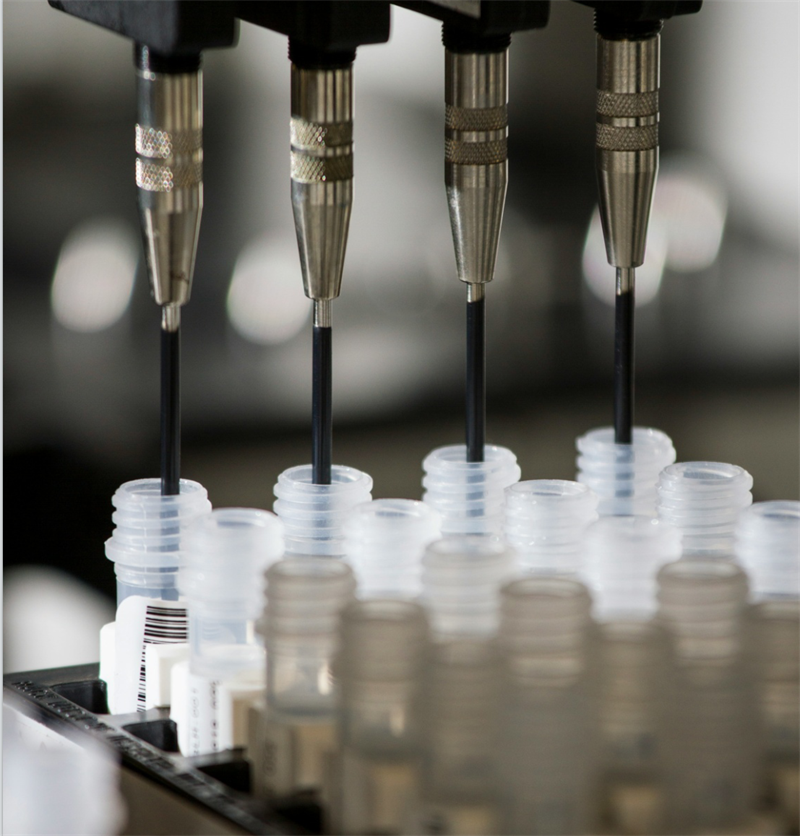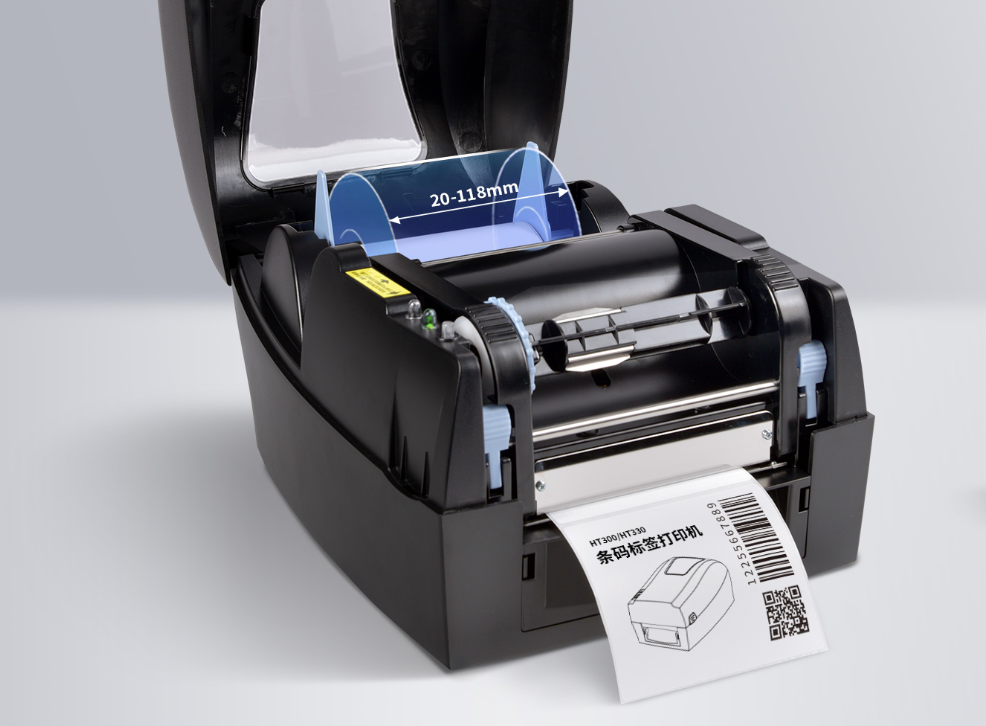Complete Guide to Cryogenic Labels and Printing Solutions
What are Cryogenic Labels?
Cryogenic refers to temperatures below -150°C. The term comes from the Greek words "cryos" (cold) and "genesis" (creation). Cryogenic labels are commonly used for the identification and tracking of samples and materials stored in vials, tubes, straws, cell culture dishes, and other containers.

These labels can withstand extremely low temperatures in liquid nitrogen (-196°C) , low-temperature laboratory freezers (-120°C, -80°C, -20°C) and cold chain transportation.
What are Cryogenic Labels Used for?
Given the unique conditions of cryogenic temperatures, these low temperature labels are often used in biobanks and scientific research, with applications including:
● Biobanks: Identify and track biological samples, such as cells, tissues, blood, and DNA. For instance, transparent cryogenic labels can be marked on the liquid nitrogen tanks storing cell samples with details like cell type, origin, and date.
● Biopharmaceuticals: Mark biopharmaceutical products, including vaccines and antibodies, often stored in cryogenic vials and tubes.
● Chemical Laboratories: Utilized for identification of chemicals and reagents.
● Material Science: Mark various material samples. For example, material samples can be stored in liquid nitrogen tanks, and cryogenic labels can mark the material type, composition, processing method, and other information.
● Laboratory Management: They are employed to label laboratory supplies and equipment, ensuring efficient organization and management.

Some cryogenic storage Labels also incorporate linear barcodes or QR codes for identification, which, in combination with a scanner, creates a complete information chain from identification to recognition.
How to Choose the Right Cryogenic Labels?
With so many cryogenic label options available, making the right choice requires careful consideration. Here's a checklist to guide you:
● Label Size: Will you need a small label (0.5" or 0.75") for vials, or a larger label (2" or wider) for liquid nitrogen tanks?
● Label Shape and Type: Do you need a standard circle or rectangle label? Consider options like wrap-around labels for curved surfaces or transparent labels for visibility through containers.
● Temperature Resistance: How low will the storage temperature go? Do you need labels that can resist -80°C or -196°C (liquid nitrogen temperature)?
● Adhesive: Do you need a permanent adhesive for long-term storage or a removable adhesive for relabeling flexibility?
● Printing Method: Choose inkjet, laser or thermal transfer printers to print them?
Print Cryogenic Labels with HPRT Thermal Transfer Printers
Common materials for cryogenic labels include Polyester and Polypropylene.
● Polyester: A popular choice known for its superior resistance to low temperatures, chemicals, and abrasion.
● Polypropylene: Offers good low-temperature and chemical resistance while being more economical than polyester.
For these plastic film labels, thermal transfer label printers are a cost-effective choice that ensures superior durability for cryogenic labels.
When paired with high-quality resin ribbons, these printers generate barcode labels that offer high durability and can withstand extremely low temperatures, harsh chemicals, and abrasion.
1. Print High-quality Labels for Various Needs
HPRT offers a range of high-quality cryogenic label printers for custom printing these low temperature labels, supporting label widths from 20mm to 118mm.

These barcode label printers are rugged and durable, equipped with multiple sensors, and can print high-quality labels of various shapes and types, including circle, rectangular, wrap-up, and transparent labels.
2. Custom Cryogenic Labels with Ease
Equipped with Bartender software, HPRT cryogenic label makers allow researchers in biology, medicine, chemistry, and clinical laboratories to swiftly customize and design various label templates, and quickly print labels, either single or in batches, according to their needs.

The thermal transfer cryogenic labels produced are rich in content, including material sample information, sample description, experimental date, logos, and barcodes. They are clear and easy to read, facilitating subsequent tracking and management.
Researchers and lab workers can print single or batch labels on-site as needed, and then adhere them to test tubes, straws, vaccine bottles, cell culture dishes, reagent boxes, and other biochemical containers.
Upon experiment completion, the integrated HPRT scanners can swiftly scan the barcode on them, facilitating the rapid retrieval of detailed experimental information for subsequent processing.
Overall, HPRT thermal transfer label printers are an excellent choice for printing cryogenic labels that require high durability and resistance to extreme conditions. When paired with a scanner, this cryogenic label printing and scanning kit can help you streamline your research workflow greatly.








